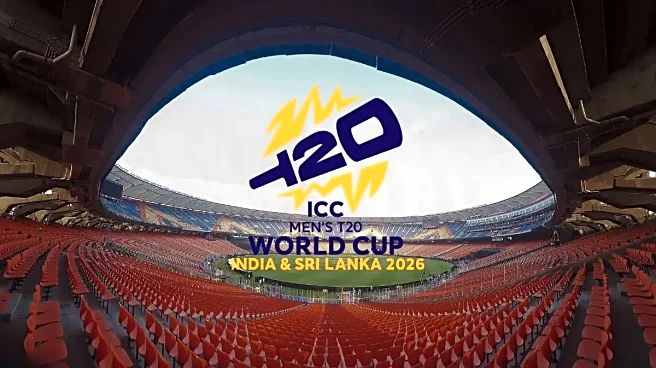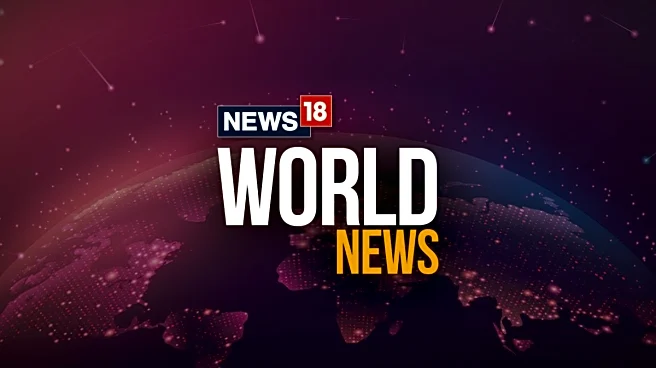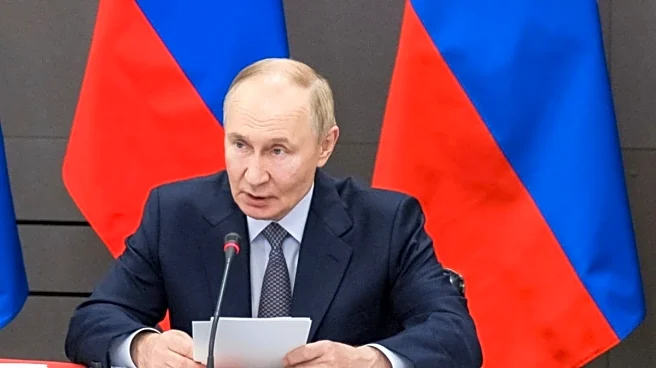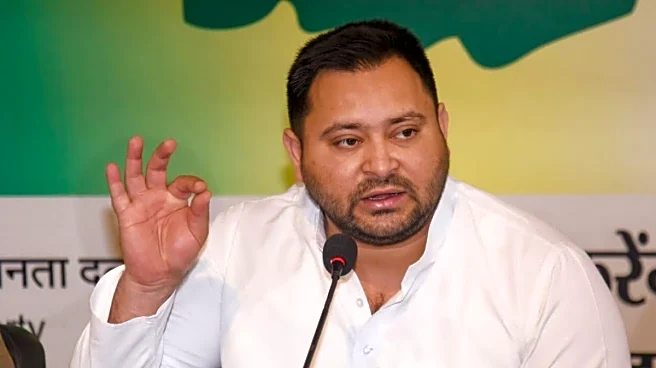In recent years, global dynamics in international trade and commerce have become increasingly uncertain, particularly due to the dominance of the US dollar in global transaction and settlement mechanisms.
The uncertain geopolitical situation has led to a shift from a globalised outlook on trade and economy to transactional diplomacy, prioritising national interests.
For India, threats from western countries to sanction its oil purchases from Russia and the inconsistent tariff policies by the Trump administration have prompted efforts to establish an independent rupee ecosystem, reducing reliance on financial structures dictated by the US and the West.
RECENT DEVELOPMENTS FROM THE RBI
On October 1, during its Monetary Policy Committee (MPC) meeting, the Reserve Bank of India announced that authorised dealer (AD) banks in India and their overseas branches could extend rupee-denominated loans to residents, businesses, and financial institutions in Nepal, Bhutan, and Sri Lanka.
This policy, effective immediately, aims to facilitate bilateral trade transactions and reduce reliance on third-country currencies like the US dollar through the creation of Special Rupee Vostro Accounts (SRVA).
This is beneficial on two fronts:
- It eliminates the need for payment of a conversion fee per transaction in the default US dollar-based settlement systems.
- There is much more parity in trade, especially because such mechanisms bypass the volatility of the US dollar impacted by inflationary pressures and debt burdens in the US economy exclusively, as the same does not impact their domestic currencies and other economic variables drastically.
Additionally, surplus balances in SRVAs can now be invested in corporate bonds and commercial papers, previously limited to government securities, enhancing liquidity and attracting foreign participants. To boost INR internationalisation, the number of SRVAs increased to around 200 from 156 in February, reflecting heightened global trade interest in the rupee-led mechanism. In August, the RBI eliminated prior approval requirements for opening SRVAs, enabling faster rupee settlements.
To enhance payment efficiency, reduce settlement costs, and promote financial inclusion, the RBI launched the Central Bank Digital Currency (CBDC), known as the ‘Digital Rupee’ or e₹. This tokenised digital form of the Indian rupee is issued at par with the physical currency and is fully backed and regulated by the RBI. It features a blockchain-based interface and Delivery vs Payment (DvP) for atomic settlements, minimising privacy risks with controlled anonymity.
For transparency, the RBI will publish reference exchange rates for currencies of India’s major trading partners to support smoother INR-based settlements, starting with UAE dirhams and Indonesian rupees.
GIFT CITY AND INTERNATIONAL FINANCIAL NETWORK: GOVT INITIATIVES
On October 7, Finance Minister Nirmala Sitharaman inaugurated a Foreign Currency Settlement System at the Gujarat International Finance Tec-City (GIFT City), marking a significant step in establishing GIFT City as a global financial hub by enabling faster, safer, and more efficient foreign currency transactions, initially starting with the USD and later expanding to major currencies like the euro, yen, and pound.
Anatoly Aksakov, chairman of the State Duma’s Financial Market Committee, proposed integrating the Russian, Indian, and Chinese information systems for digital currency settlements. This integration would eliminate intermediaries, reduce conversion costs, and optimise trade, aligning with de-dollarisation efforts amid BRICS expansion and sanctions pressures. The New Development Bank (NDB), established by BRICS countries (Brazil, Russia, India, China, South Africa), is advancing plans for its first INR-denominated bond issuance in India’s domestic market to promote local currency financing and rupee internationalisation.
KEY DETAILS
The central government plans to issue onshore rupee bonds to raise $400-500 million via three-five-year maturities in the initial tranche before the end of March 2026.
This initiative will boost the rupee’s global role, similar to the IFC/World Bank rupee bonds, potentially opening up more investments in ‘masala’ bonds and pushing for BRICS currency integration.
FUTURE TARGETS
The Centre is considering integrating the existing SVRA mechanism with its flagship Unified Payments Interface (UPI) for international corporate settlements.
Additionally, potential linkages with Central Bank Digital Currencies are being explored to make GIFT City a 24×7 global financial settlement hub, reducing India’s reliance on offshore financial centres as older systems fade and self-reliance and financial sovereignty become key to ensuring regional stability.
(The writer is a law student at OP Jindal University. Views expressed in the above piece are personal and solely those of the writer. They do not necessarily reflect News18’s views)


/images/ppid_59c68470-image-176154509003131629.webp)



/images/ppid_59c68470-image-176163004632793160.webp)

/images/ppid_59c68470-image-176163507399362484.webp)
/images/ppid_59c68470-image-176145003135181728.webp)



